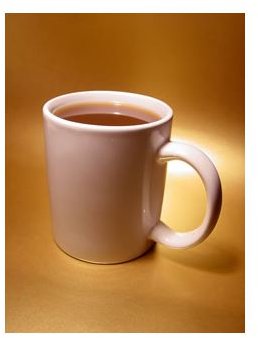What is Thermal Conduction? Introduction to Heat Transfer: Part One
Introduction
Heat is transferred from warmer objects to colder ones, and not vice versa. It is of great interest to physical scientists and engineers, for it has applications in varied fields such as construction and medicine. Engineers and architects study it to design heating and cooling systems, and physicians use thermometers to measure the temperature of their patients, for example.
Heat transfer occurs in three main ways: conduction, convection, and radiation. More than one of these may take place at the same time.
What is Heat Conduction?
Heat conduction is when heat is transferred by direct contact between the warmer and cooler object. You experience this yourself when you pick up a bottle or glass of your favorite hot or cold beverage.
The Physics of Heat Conduction

Heat conduction exploits the properties of conductors and insulators. When the warmer object touches the colder one directly, the atoms inside the cooler one begin vibrating. These vibrations cause them to collide with other nearby atoms and free electrons, causing an energy transfer that forces the atoms and free electrons to also begin vibrating. The object becomes hotter as these vibrations are transmitted throughout it.
Metals are better conductors of heat than insulators because they have more free electrons. Insulators are materials such as plastic and wood. When you use a pot to cook food over a stove, you probably use an insulator such as an oven mitt to grasp the metal handle, or you make sure the handle of the pot is wooden or plastic. In the process, you are using an insulator to prevent your hand from being burned by a conductor.
Insulators do not heat up or retain heat as well as conductors, but neither do all metals conduct equally well. The constant used to describe this property is known as thermal conductivity, and is represented by the constant k. In the International System of Units, SI, k is W/m*K, where W is watts, m, is meters, and K is kelvin.
Copper is an excellent conductor of heat; k for it is 401 W/m*K. Steel is not as effective, with a k of 46 W/m*K. Air is a poor conductor, with a thermal conductivity of only 0.026 W/m*K. Styrofoam likewise is a poor conductor, with k measuring 0.029 W/m*K, which is why it is popular for keeping coffee warm.
How is it that your clothes keep you warm on a cold day? Why do rugs feel warmer to your feet than a tile floor that is at the same temperature? We will examine these and conclude our discussion of the definition of heat conduction in part two.
References
Conceptual Physics by Paul Hewitt
Essential University Physics by Paul Wolfson
Fundamentals of Physics by Halliday, Resnick, and Walker
Physics for Scientists and Engineers by Douglas Giancoli
I__mage credits
Playing by Jennifer Erix
Hot Coffee by ppdigital
Resources
Honey Bees Battling Killer Hornets With the Use of Heat Conduction
This post is part of the series: Introduction to Heat Transfer
This is a series that describes the three methods of heat transfer. Parts one and two explain what heat transfer is, and the method of conduction. Part three discusses convection. In part four, thermal radiation is described.
